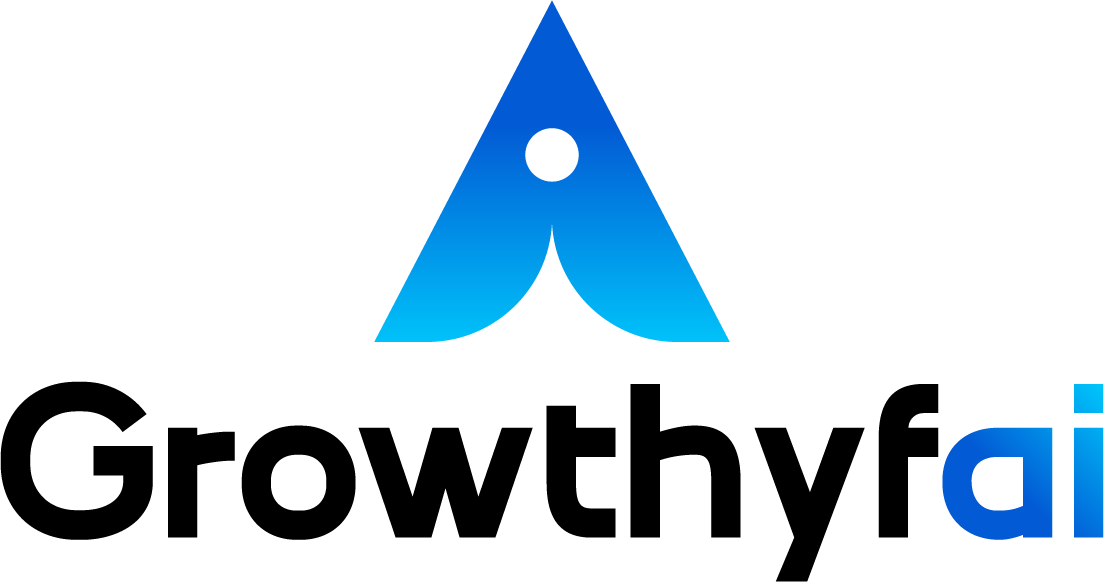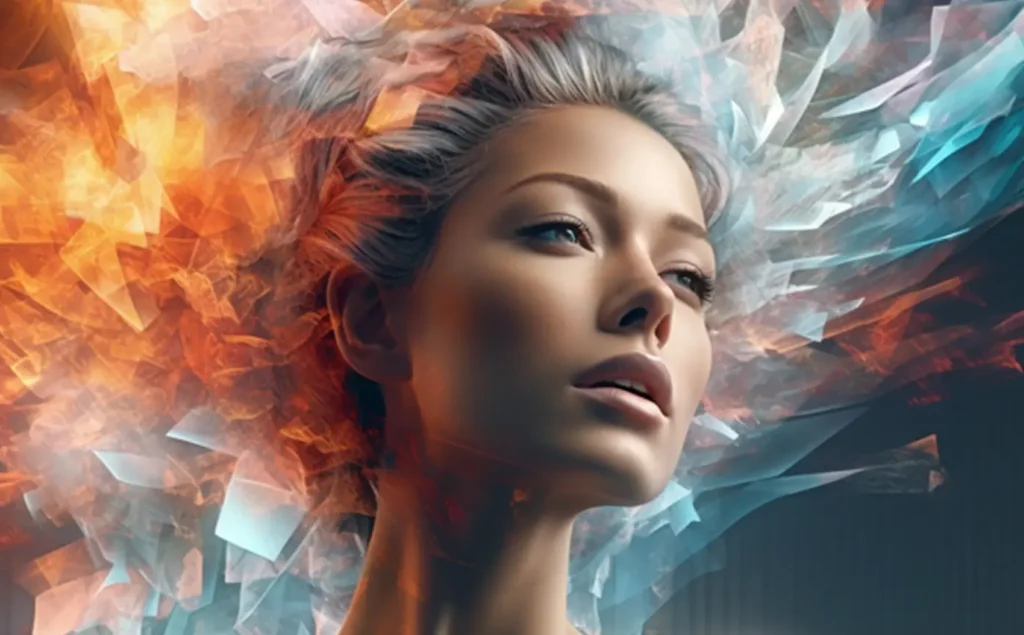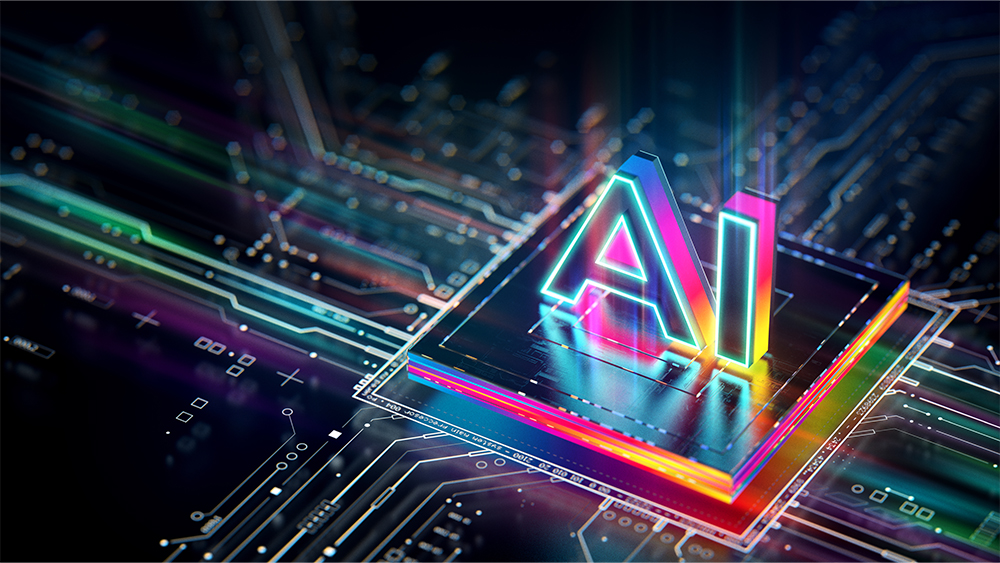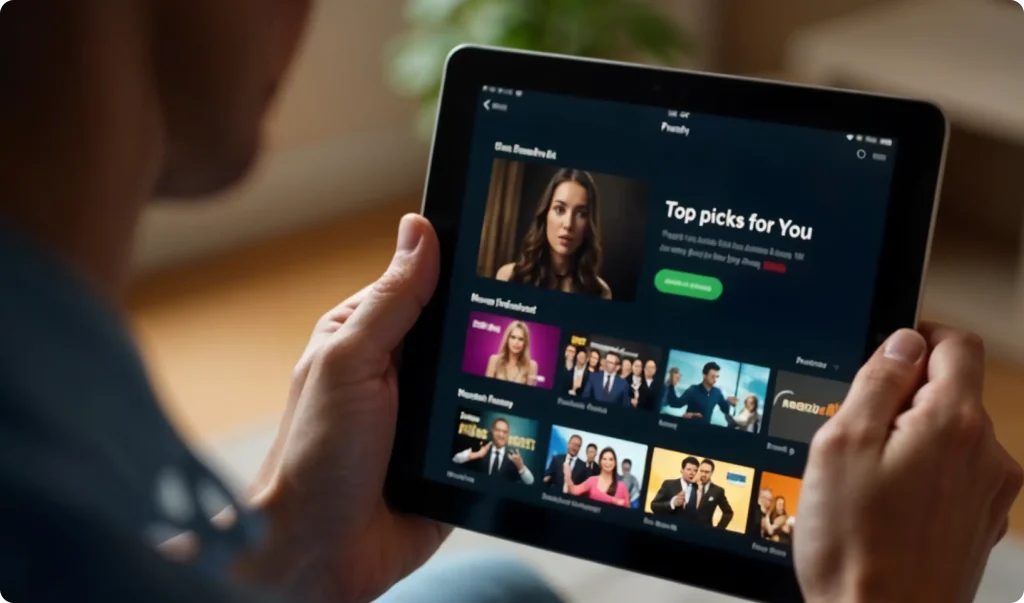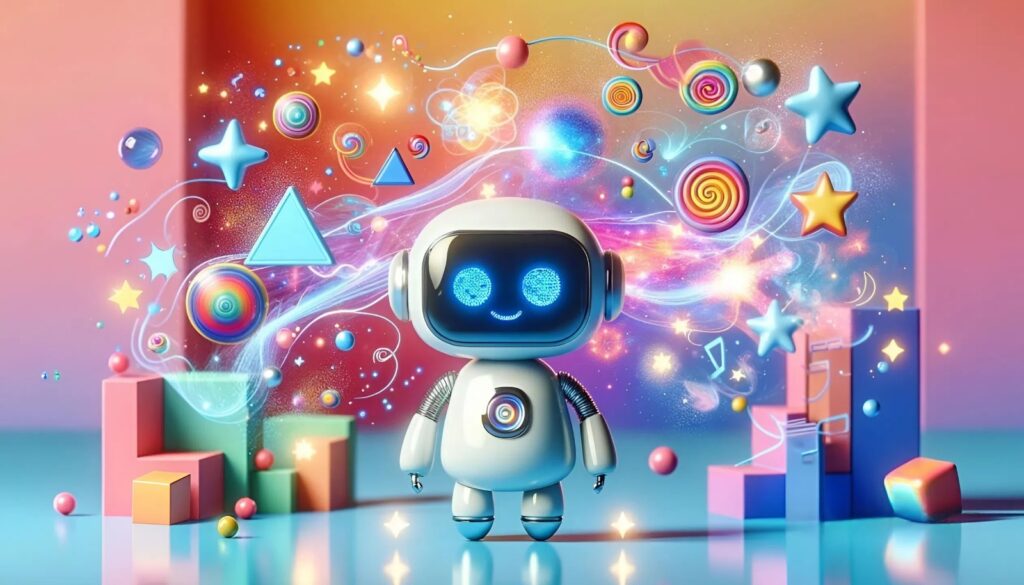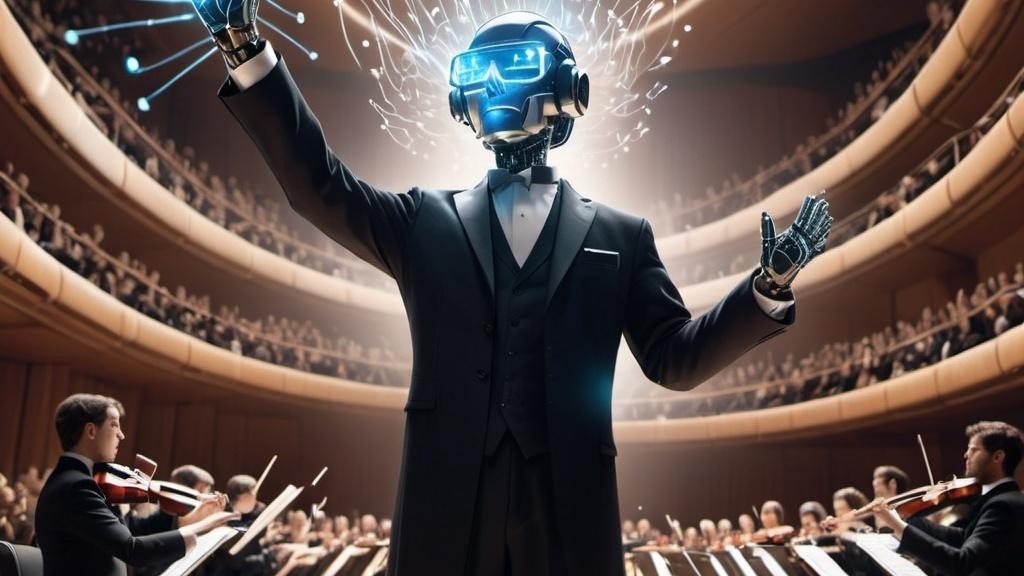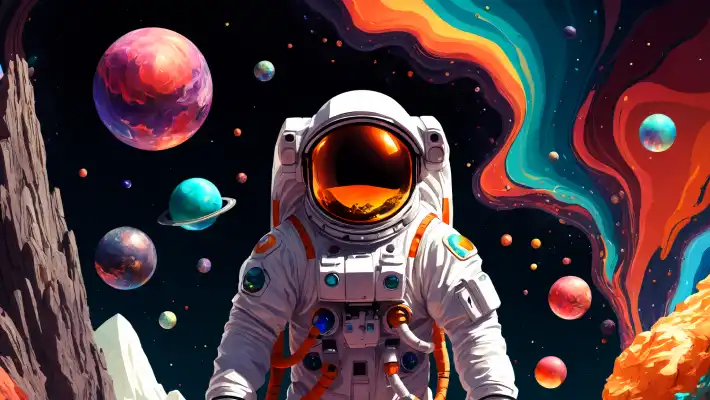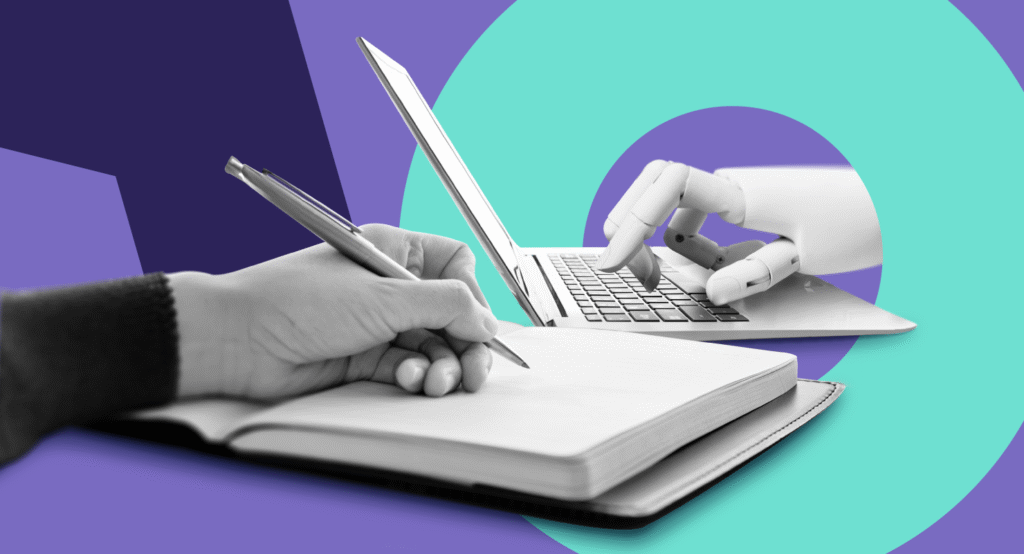The Ethical Dilemmas of AI-Generated Art in Modern Culture
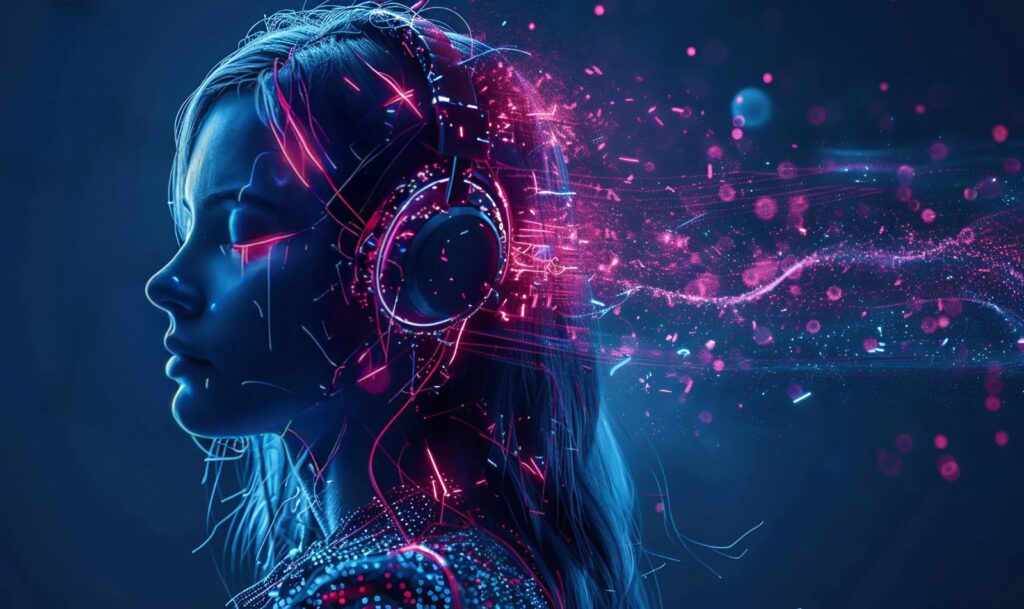
The Ethical Dilemmas of AI-Generated Art in Modern Culture
As the digital landscape continues to evolve at a breakneck pace, artificial intelligence (AI) has become an increasingly significant force in the realm of creative expression. AI-generated art, a burgeoning field at the intersection of technology and creativity, is challenging traditional notions of authorship, ownership, and the very definition of art itself. While the use of AI in art offers exciting opportunities, it also presents ethical dilemmas that resonate deeply within modern culture.
—
An Introduction to AI-Generated Art
AI-generated art refers to works of art created with the aid of artificial intelligence algorithms. These algorithms analyze vast datasets, learn patterns, and generate unique pieces of art that can range from abstract compositions to photorealistic portraits. Prominent AI techniques like Generative Adversarial Networks (GANs) and neural networks have been pivotal in advancing this form of digital art.
One of the most well-known examples of AI-generated art is “Portrait of Edmond de Belamy,” which made headlines when it was auctioned for $432,500 by Christie’s in 2018. Created by a Paris-based art collective called Obvious using a GAN, the portrait ignited discussions around the role of AI in the creative process and its implications for the art world.
—
The Question of Authorship
A fundamental ethical dilemma of AI-generated art is the issue of authorship. Traditionally, art has been seen as an inherently human endeavor, defined by the artist’s intent, emotion, and unique perspective. In the case of AI-generated art, however, determining the ‘creator’ becomes challenging. Is the creator the programmer who designed the algorithm, the dataset that the AI learned from, or the AI model itself?
This ambiguity complicates the attribution of artistic credit and raises questions about intellectual property rights. Many argue that AI lacks consciousness and cannot be considered an artist in the traditional sense. Therefore, credit might be undeserved. Conversely, others believe that AI should be viewed as a tool or collaborator, with final responsibility lying with its human operators.
—
The Use of Data and Intellectual Property Concerns
Another contentious issue is the use of data in AI-generated art. AI models require vast amounts of data to learn and generate art, but this data often comes from existing works, raising potential intellectual property concerns. If an AI model is trained on copyrighted material, how does this impact the ownership of the newly-created work?
For instance, if an AI creates a piece of music closely resembling songs in its training data, who owns that composition? The original composers, the AI developer, or an entirely new entity? Current copyright laws, which were established long before the advent of AI, struggle to address these complexities and lack clear guidelines for AI-generated content.
—
Originality and the Definition of Art
AI-generated art also challenges the concepts of originality and creativity in art. With AI capable of producing an infinite number of variations, it challenges the scarcity-based value model traditionally associated with art. Critics argue that art derived from algorithmically generated iterations lacks the original thought and emotive depth that defines true creative work.
However, proponents see AI as a powerful tool for artists, providing novel means of expression and even augmenting human creativity. Artists like Mario Klingemann and Anna Ridler leverage AI to explore uncharted creative territories, suggesting that human artists and machines can coexist and complement each other’s capabilities.
—
Impact on the Art Community
The integration of AI in art has further implications for the wider art community. Galleries, collectors, and institutions must adapt to the rapidly changing landscape, rethinking notions of valuation and authenticity. The meteoric rise in the popularity of AI art might overshadow human artists, potentially shrinking opportunities for certain creative voices.
Moreover, the commercialization of AI art could lead to unprecedented access and democratization of art-making tools, challenging elitist structures within the art world. While this democratization is celebrated for inclusivity, it also poses the risk of flooding the market with art, potentially devaluing individual works.
—
Conclusion
As AI continues to shape the world of art and creativity, the ethical dilemmas it presents cannot be ignored. The challenges of authorship, intellectual property, originality, and impact on the art community require ongoing dialogue and thoughtful consideration. It is crucial for artists, technologists, legislators, and society at large to engage in these conversations to navigate the ethical landscape effectively.
AI-generated art, with its potential to redefine artistry and democratize creativity, also compels us to reconsider the fundamental value we ascribe to art. While some answers remain elusive, what remains clear is that the collaboration between humans and AI in art represents a pivotal cultural evolution—one that demands both celebration and scrutiny as it continues to unfold. With careful consideration and adaptive legal frameworks, AI-generated art could serve as a powerful force for innovation and inclusivity in modern culture.
